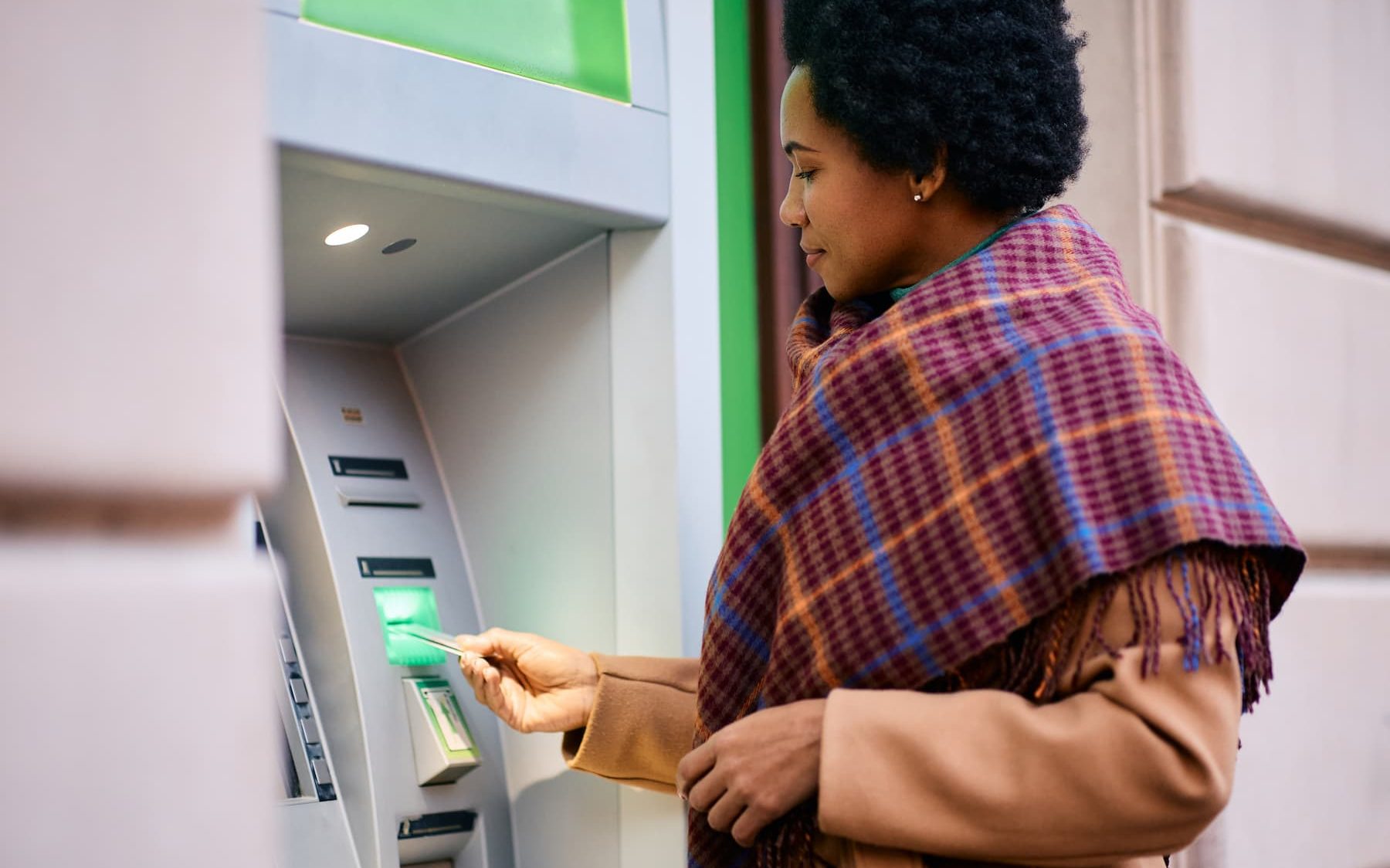More and more people prefer to go shopping online in recent years, which means online transactions are the norm in which payments are made. But as online transactions continue to soar, so does the threat of online payment fraud. Cybercriminals are constantly devising new tactics to exploit vulnerabilities and steal sensitive information for financial gain. Knowing and understanding the main forms of online payment fraud is key so individuals and businesses alike can protect themselves from falling victim to these schemes. Here are the prevalent forms of online payment fraud that you should be aware of the next time you pay online.
Account Takeover
Online payment methods are easily the most secure form of payment that exists today; popular payment apps such as PayPal and Paxum are built with up-to-date security features, like voice recognition and two-factor authentication (2FA). But even the most secure online payment platforms can’t help if people are not careful with their account. An account takeover is a technique used to gain unauthorized access to online accounts, which can then be used for fraudulent transactions. Cybercriminals gain access to a user’s account by stealing login credentials through methods like phishing or data breaches. Once inside, they can change account details, make unauthorized purchases, or conduct other malicious activities.

Phishing Attacks
Phishing attacks are some of the most widespread online payment fraud techniques. In these kinds of attacks, cybercriminals pose as legitimate entities to deceive victims into revealing personal information, such as their credit card details or login credentials. Phishing involves sending deceptive emails, messages, or links that appear to come from trusted sources, such as from banks or e-commerce platforms. These faux messages ask their recipients to provide sensitive information or click on malicious links that lead to compromised websites. Those ignorant of these kinds of attacks, usually older people, do what they are told, not knowing that their personal data is now compromised as a result.
Card Not Present (CNP) Fraud
Card Not Present (CNP) fraud occurs when cybercriminals use stolen credit card information to make unauthorized online purchases. Since a physical card is not required for these transactions, fraudsters can easily exploit this vulnerability. They can obtain other people’s credit card information via data breaches or phishing attacks. Using these stolen card details, fraudsters then make online purchases on e-commerce platforms, usually for expensive items or digital goods that can be resold. Once the actual owner of the card realizes the fraud, they will initiate a chargeback for the purchases, reversing the transaction but leaving the merchant responsible for the loss.
In Conclusion
Online payment fraud takes many forms, each with its own insidious tactics and risks. Cyber criminals also continue to change up and evolve their methods to evade current security measures. To protect yourself, it’s crucial to remain vigilant and adopt security practices. Be cautious of unsolicited emails and never share sensitive information with unknown sources. Regularly monitor your financial accounts for suspicious activities and keep your devices and software updated to stay ahead of evolving threats. By educating yourself about these common forms of online payment fraud, you can safeguard your digital transactions and protect your personal and financial information.